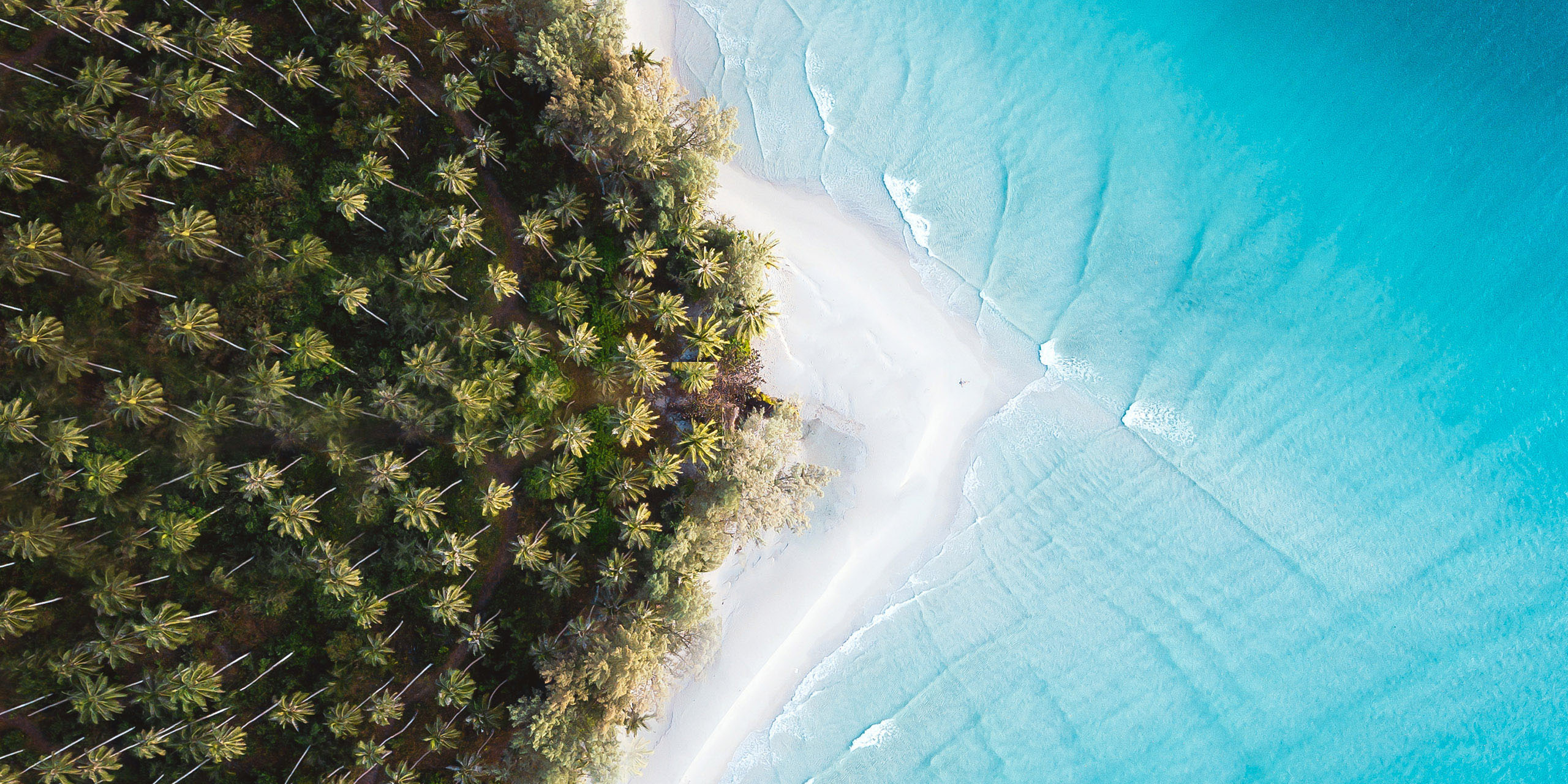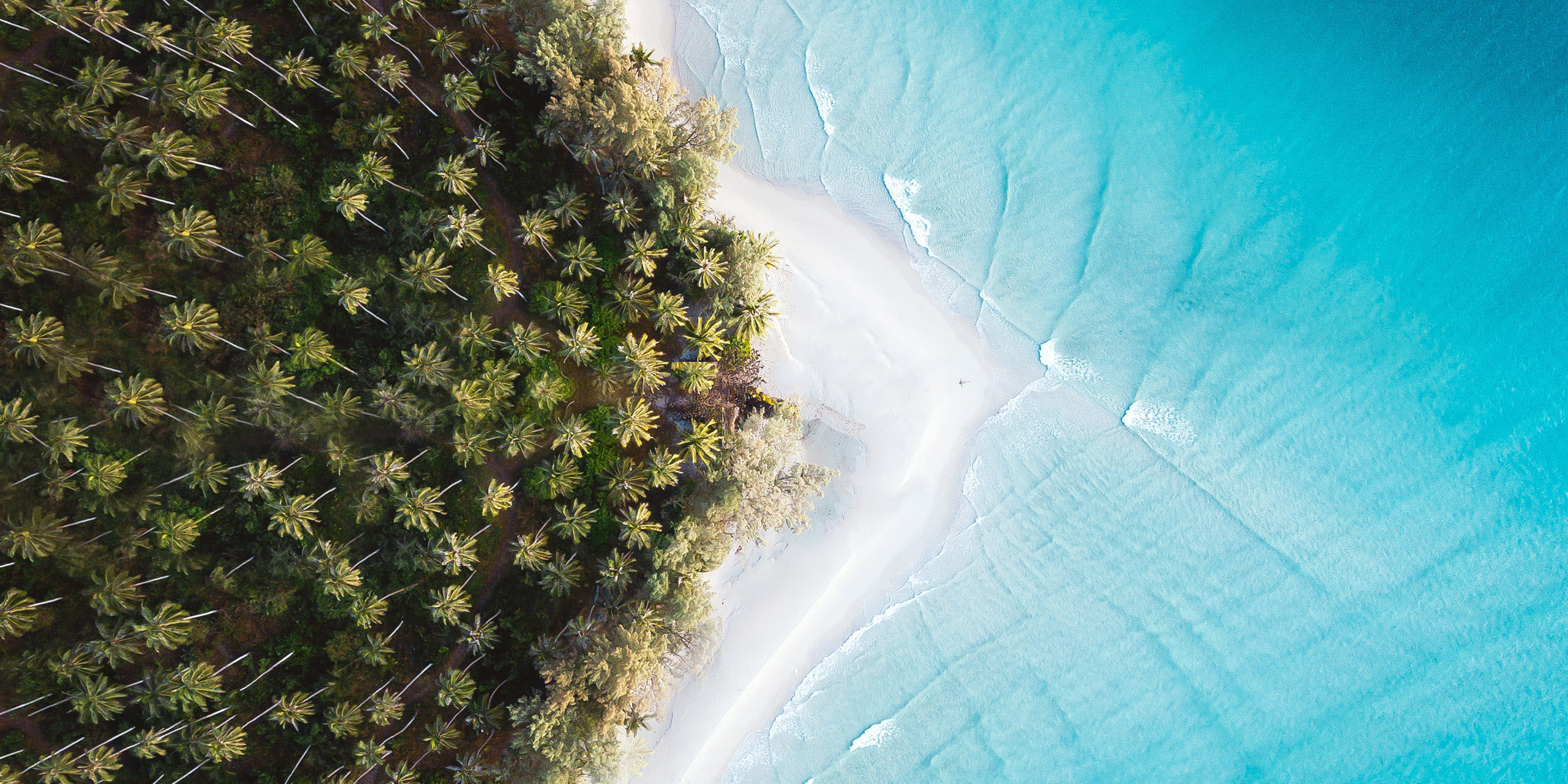
Asia is justifiably legendary for its beaches. From stretches of powdery, white sand backed by coconut palms to more rugged affairs, the region is a sun-worshipper’s fantasy. Its fame precedes it, however, meaning that many of the better-known destinations can get overrun. Thankfully, there remains ample opportunity to get away from the crowds.
Okinawa, Japan
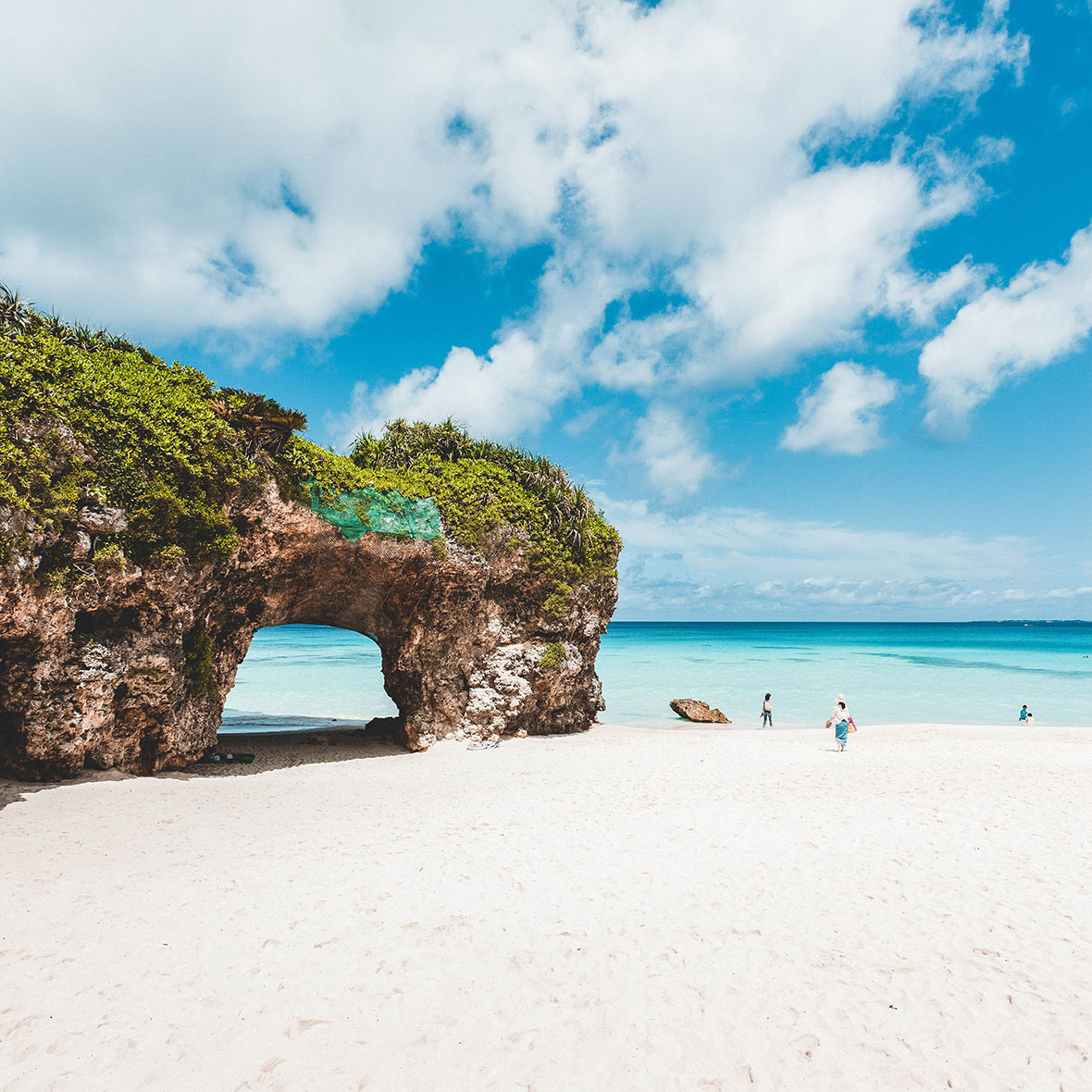
Known for its friendly, sub-tropical, climate and string of beaches, Okinawa is Japan’s premier spot for beach bums. Here, visitors will find average temperatures of 74 degrees and more than 100 islands stretched over 700 kilometers of ocean – roughly equivalent to the distance between Singapore and Penang. Given all this scope it is no surprise that options for kicking back are plentiful. Located in the southwest corner of Miyako Island, Yonaha Maehama Beach stretches for six and a half blissful kilometers and has clear, shallow water for swimming and water sports. Other killer beaches can be found on the starfish-shaped island of Amami-Oshima and the Keramas, a group of 22 little outcrops located just north of Naha, the prefecture capital and main transport hub. Okinawa is also highly regarded for its diving, with coral and marine species as varied as that of Australia’s Great Barrier Reef.
Jeju, South Korea
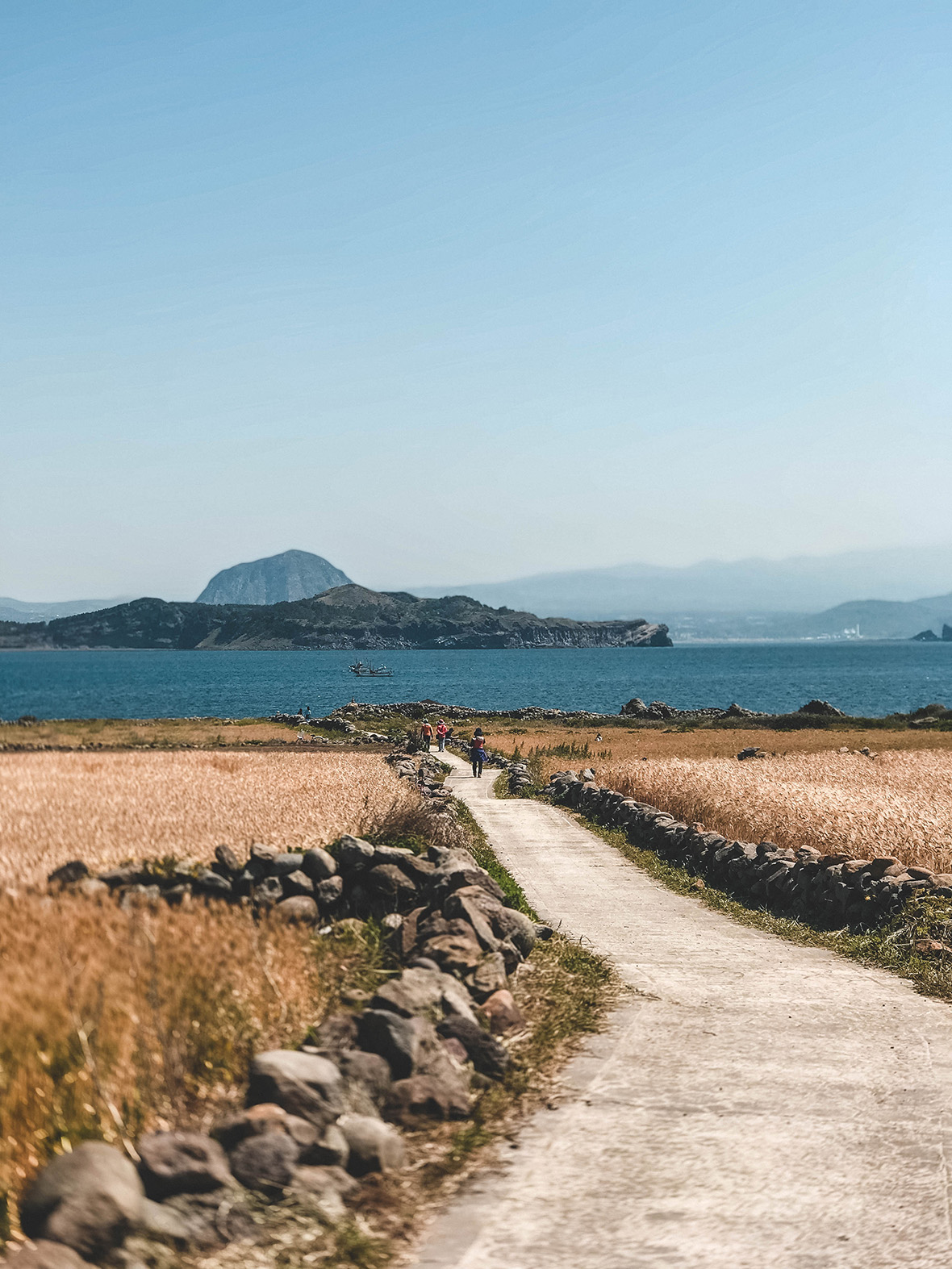
Known variously as the “island of the gods” and the “island of love”, Jeju lies apart from the Korean peninsula both geographically and culturally. Legend has it that a giant grandmother named Seolmundae shoveled mounds of earth to shape the volcano-studded topography of the rugby-ball shaped island, which covers a total area of 1,849 square meters (about two and a half times the size of Singapore). The fable is just one of several creation myths that do the rounds, but visitors are agreed on their affection for its balmy climate, awe-inspiring landscapes, and range of unspoiled beaches. Stunning stretches of sand can be found all around the island. Iho Beach near the airport stretches for 250m and is bustling and vibrant while 300m-long Shinyang Beach in the southeast is a popular spot for windsurfing. The most popular beach of all is Jungmun Beach, where a stellar cast of big-name hotels overlooks a pristine 500m-long beach.
Kep and Kampot, Cambodia
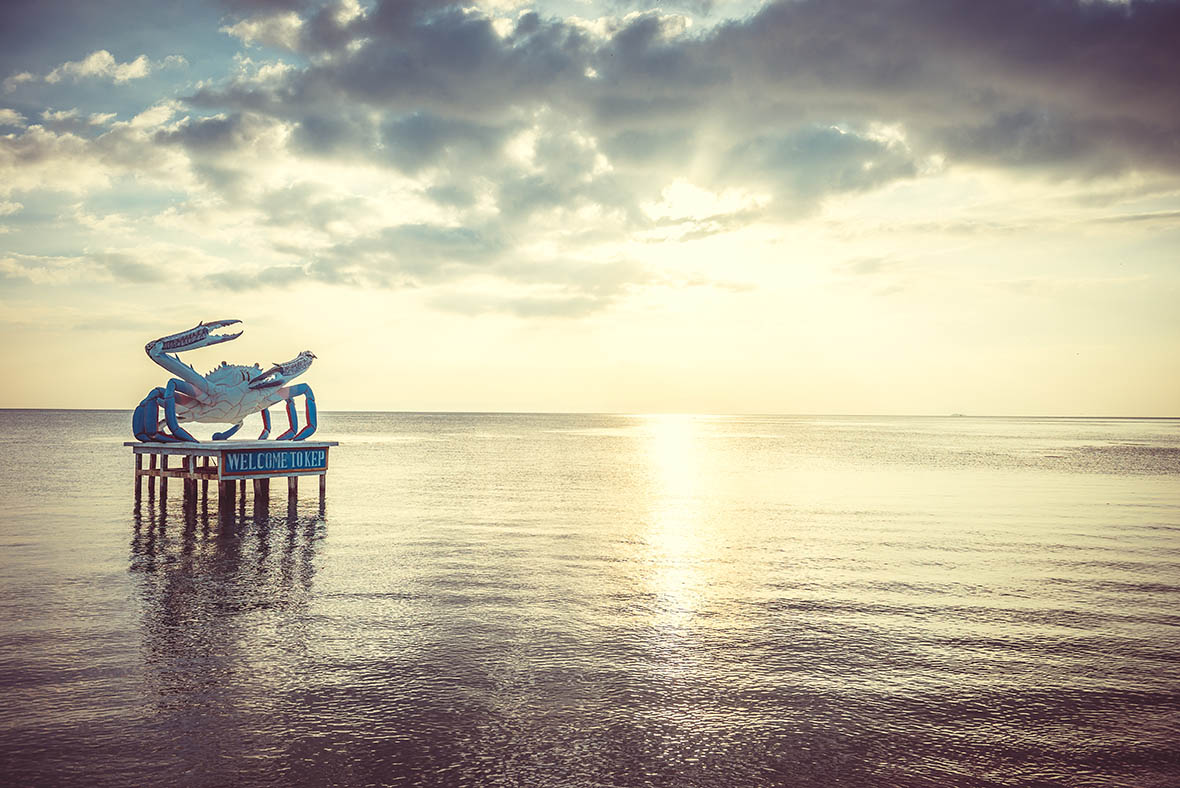
Cambodia’s beautiful beach-fringed southern coast affords some of the country’s most accessible travelling. Boutique boltholes, eco-lodges and exclusive resorts dot the route all the way from Koh Kong in the west to Kep in the east. To the east are the laid-back towns of Kampot and Kep. An increasing number of travelers are being seduced by the riverside town of Kampot, which makes a great base for exploring nearby Bokor National Park. Kep, meanwhile, is famous for its crab market where fresh crustaceans are served up with fragrant Kampot pepper.
Koh Kood, Thailand
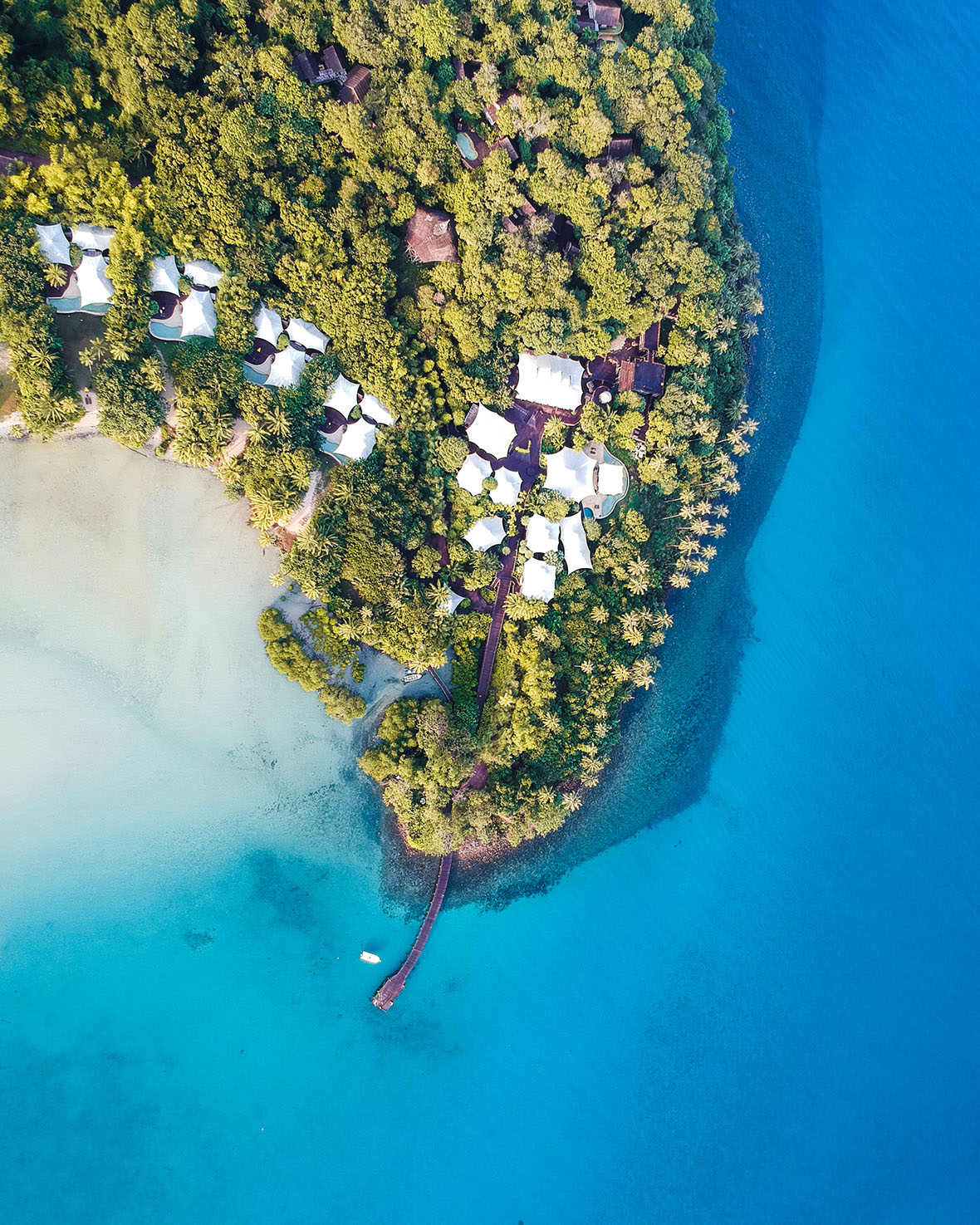
Blissfully marooned from the mainland over 80km of cobalt blue sea, Koh Kood is ideally suited to a luxurious castaway experience. The island is indented with picture-perfect bays of gently sloping white sand. On one of these is Soneva Kiri, one of Thailand’s most idyllic resorts. Surrounded by palm-fringed hills in a secluded bay, this getaway is the perfect place to indulge in Robinson Crusoe fantasies and forget the stresses of modern living. The resort’s 29 airy villas are built with local timber and blend sympathetically into the surrounding scenery. Some nestle on the cliff-top while others cosy up to the white sand beach. Diversions are plentiful and include an acclaimed spa, an outdoor cinema and F&B options including The View, which serves up Japanese/Peruvian fusion, and Kruua Mae Tuk, a critically lauded Thai outlet.
Phu Quoc, Vietnam
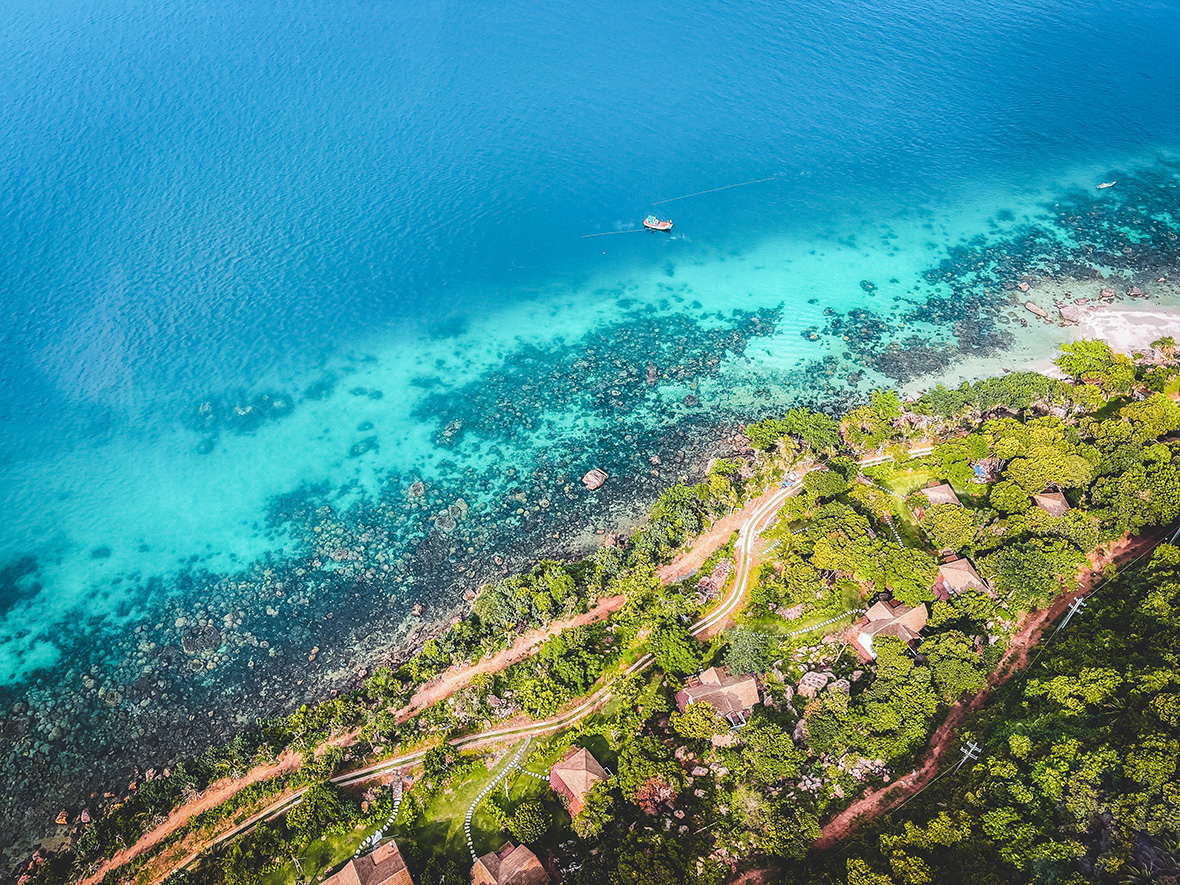
It took some time for people to take notice of Phu Quoc. Until recently, this gorgeous chunk of tropical paradise was a sleepy backwater, most famous for its pearl-farming industry and for producing the highest quality nuoc mam (fish sauce) in Vietnam. Although it has not yet reached Phuket levels of saturation, the secret is out with several big resorts and other investment projects aiding the island’s transition from rough diamond to polished pearl. Despite all the development, there’s still plenty of unspoiled charm to be found here. Bai Truong (Long Beach), a 20km-long stretch of sand that runs down the central west coast of the island, is the liveliest beach on the island with plenty of bars, restaurants, places to get a massage and spots to take a dip in the tepid ocean. To get away from it all, pilot a scooter and head north to quieter beaches such as Bai Ganh Dau and Bai Vung Bau.
Sabah, Malaysia
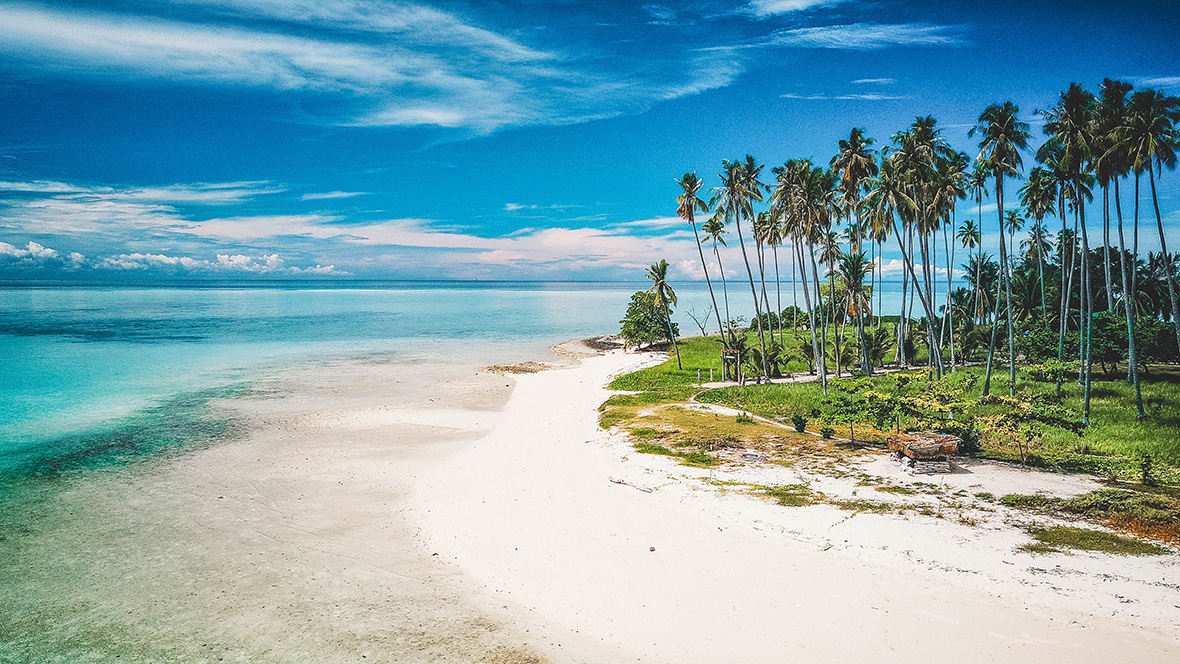
Shrouded in myth and mystery, the state of Sabah in Malaysia’s portion of Borneo is famous for towering peaks, impenetrable jungle, and incredible biodiversity. Indeed, its wondrous coastline is often overshadowed. Upping the ante even further is the abundance of coral reefs and marine life which make offshore islands such as Sipadan and Lankayan among the world’s most rewarding bases for diving. Other choice spots for sun-worshipping include the moon-shaped Kalumpunian Beach, a quiet and beautiful bay on the way from the capital Kota Kinabalu to the Tip of Borneo, the island’s northernmost point. KK itself even has a maritime paradise on its doorstep in the shape of the Tunku Abdul Rahman National Park – a small archipelago with sandy beaches and incredible opportunities for diving and snorkeling.
Belitung Island, Indonesia
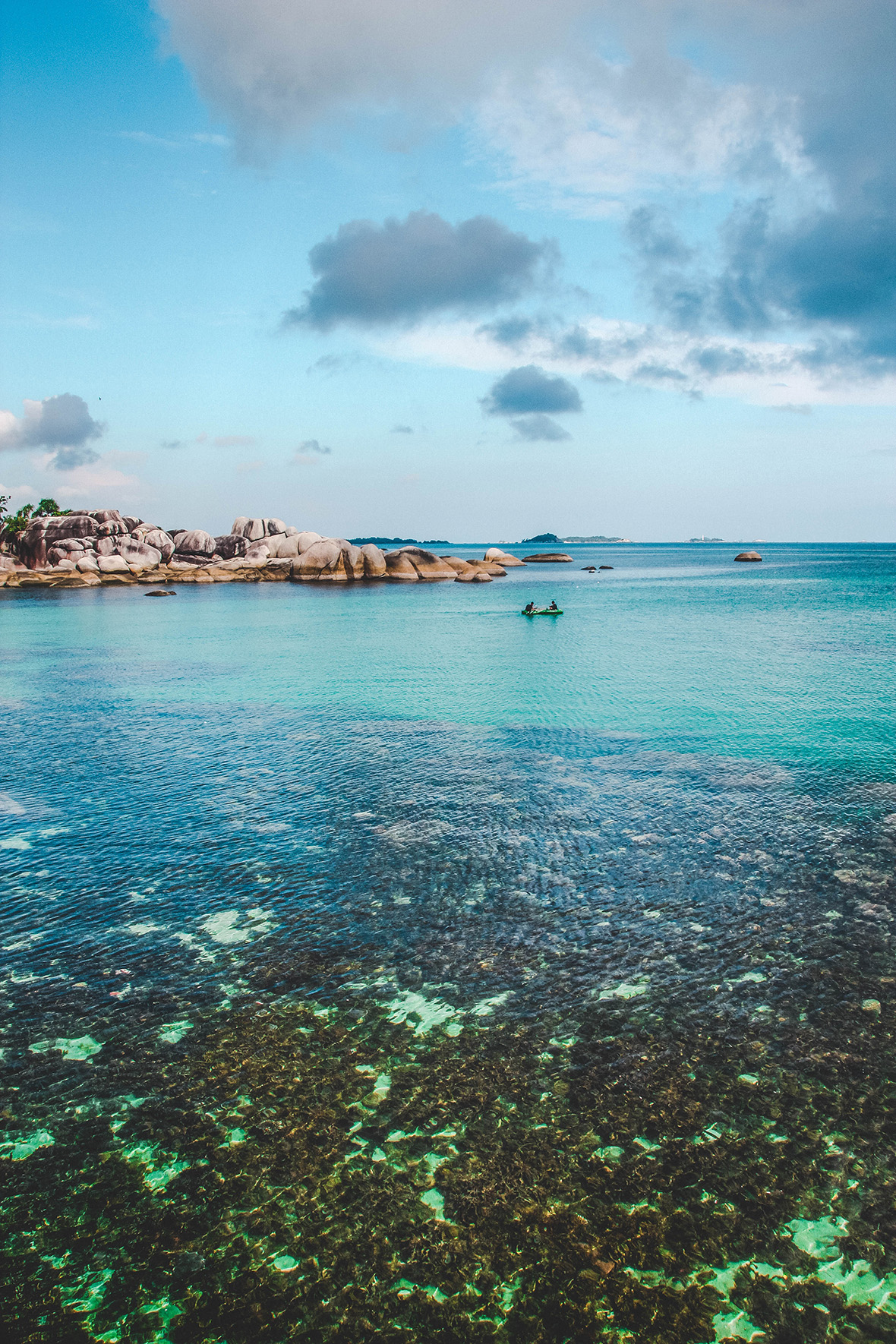
As Alex Garland’s classic book, The Beach, demonstrated, the hunt for Southeast Asia’s few remaining undiscovered beaches can be a fraught business. Therefore, it is almost shocking how user-friendly Belitung Island is. Although its pristine white sand beaches, coral-rich turquoise seas and smattering of offshore islands are still (somehow) well off the radar, direct flights from Jakarta make it simple to sample its heady tropical ambrosia. A relaxed way of life and lack of traffic (the island’s entire population is just 271,000) means it is easy to strike out from the capital Tanjung Pandan to a veritable smorgasbord of world-class beaches. Choices include Pantai Tanjung Tinggi, a stretch of white sand framed by two boulder-strewn peninsulas, and Leebong Island where the sunglasses are essential to counter the glare from the dazzling sand.

